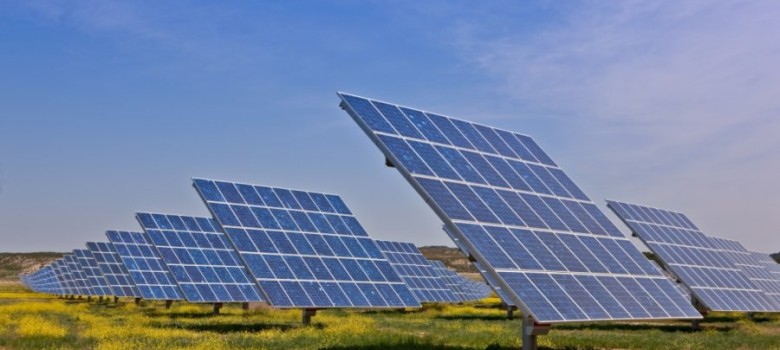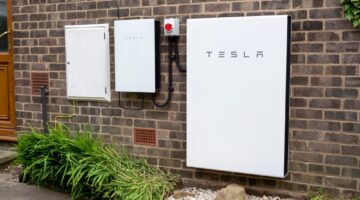
Demand for Renewables Sources of Energy in India
India has been plagued by power shortages, more than 400 million people go without electricity every year and consumption demands are forecasted to double by 2035. While it is obvious that the gap in supply and demand will, in the short term at least, have to be filled with a majority of non-renewable sources, India has realised they cannot solely rely on them going forward. This is shown by the recent expansion of renewable energy installations within the country, especially solar PV parks as a result of its hot sunny climate.
Gujarat Solar Park – Key Facts
In April 2012, the Charanka Solar Park (part of Gujarat Solar Park), located in Northern India was switched on. This solar PV installation provides 214 MW to the grid, which makes it the largest standalone solar PV installation in the world (surpassing the 200MW Golmud Solar Park situated in China). The Charanka Solar Park in association with other smaller installations located within the Gujarat region make up the Gujarat Solar Park. In total, 21 companies are involved in the Gujarat Solar Park, including four from the USA.
The Gujarant SolarPark was developed in less than two years, an incredibly short period of time when compared to other power plants. This, along with other similar installation has resulted in India being viewed as pioneers in renewable energy.
The region, made up of 5000 acres of desert wasteland hardly able to sustain any life, receives on average 330 days of sunlight per year creating an ideal situation for a solar PV park. Due to this, the solar PV Park in Gujarat has received very little opposition. Combined, the Gujarat Solar Park produces 600 MW of electricity to the grid, which accounts for two thirds of India’s total 900 MW of solar power production.
Besides simply producing a large sustainable source of electricity for India, the investment in the Gujarat Solar PV Park has dramatically reduced the unit cost of solar energy, from Rs.15 to Rs.8.5. This has made it far more cost effective as a power solution to help lessen the country’s lack of electricity. It is almost certain that following successful installations of this magnitude, similar Solar PV parks will be rolled out across the country to give even more Indians access to electricity.
Future of Solar PV in India
In India itself, coal power plants produce 55% of the total electricity and even though approximately a third of the population are without electricity, the country is still the world’s fourth largest carbon emitter. At present, renewable energy accounts for only 6% of India’s 185 GW capacity. However, the government led by the Prime Minister Manmohan Singh, via the National Solar Mission, hopes to increase this figure to 15% or more by 2020, with solar energy anticipated to make up 3 percent of that increase.
The Indian government has gone on record to say that, due to the opening of the Gujarat PV Park, as much as 900,000 tonnes of natural gas will be saved and carbon dioxide emission will be reduced by almost 8m tonnes per annum. Every little helps and in terms of future projections, India certainly seems to be doing their bit towards a greener age.












No Comments yet! Be the first one.